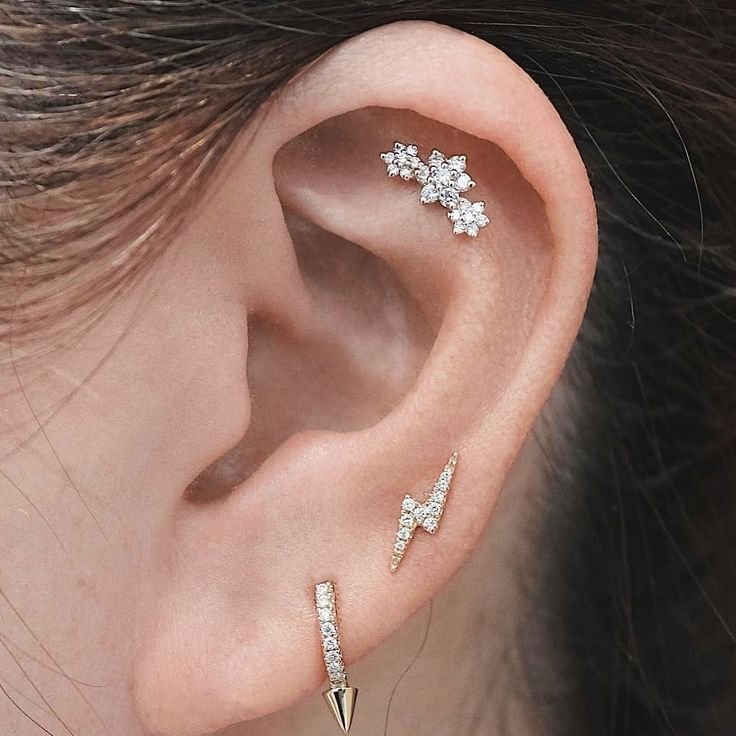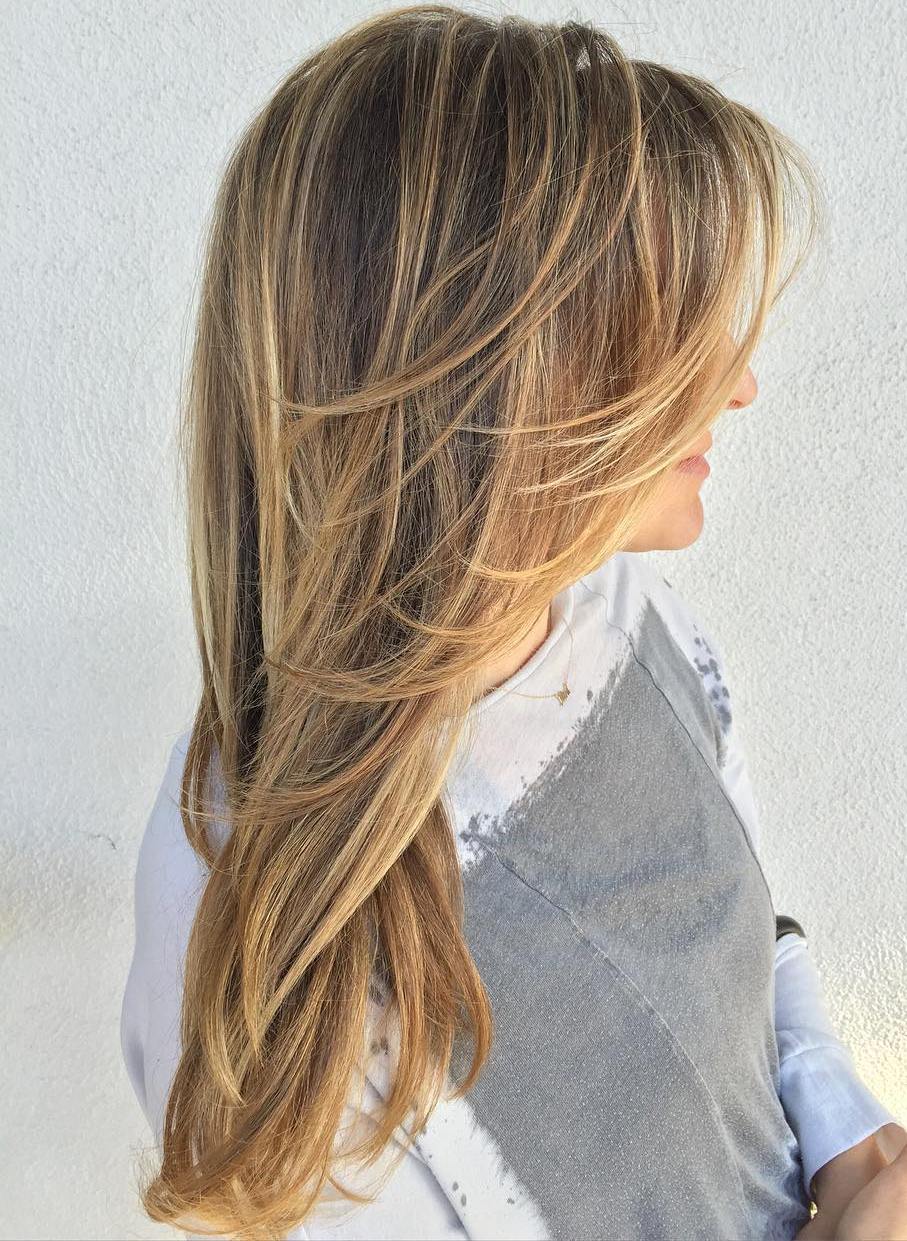
Ear piercing is a common form of body modification that has been practiced for centuries. While it is a relatively simple procedure, it requires proper care and attention to avoid infections or other complications. One question that many people have when getting their ears pierced is when they can change the earrings.
Changing your ear piercing too soon can lead to infection or irritation, so it’s important to know the right time to do so. The answer depends on a number of factors, including the type of piercing you have, how well it has healed, and any aftercare instructions provided by your piercer. In this article, we will explore when you can change your ear piercing and provide tips for safe and effective earring swaps.
Why Timing Is Important For Ear Piercing Changes
Timing is crucial when it comes to changing ear piercings. It is important to wait until the healing process is complete before making any changes.
- The healing time varies from person to person and depends on various factors such as the location of the piercing, type of jewelry used, and individual healing abilities. Typically, earlobe piercings take around 6-8 weeks to heal completely while cartilage piercings may take up to 6 months.
- Attempting to change a piercing too soon can cause irritation, pain, bleeding and delay the healing process. It is best not to rush into changing a piercing even if there are no signs of discomfort or redness. Before making any changes, ensure that your hands are clean and that you have sterilized jewelry ready for insertion.
In summary, patience is key when it comes to changing ear piercings. Wait until your piercing has healed completely before attempting any changes in order to avoid complications or delays in the healing process. Be cautious during this period and remember that proper care will help speed up the recovery time allowing you to change your earrings sooner rather than later!
Healing Process:
The healing process of an ear piercing varies depending on the type of piercing, as well as individual differences such as skin sensitivity and aftercare practices. Generally, it takes about 6-8 weeks for a lobe piercing to fully heal while a cartilage or upper ear piercing can take up to 6 months or longer. During the healing process, it is important to keep the area clean and avoid touching it with dirty hands.
It is recommended that you refrain from changing your ear jewelry until the piercing has fully healed. This is especially important for cartilage piercings which are more prone to infection and keloid scarring. Attempting to change your earrings before they are completely healed can reopen the wound and delay the healing process, leading to further complications.
In summary, patience during the healing process is key when it comes to ear piercings. It may be tempting to switch out your jewelry sooner than recommended but doing so can lead to setbacks in your healing journey. Be sure to follow proper aftercare practices and monitor your piercing regularly for any signs of infection or irritation before considering changing your earrings.
Signs Of Healing:
When it comes to changing your ear piercing, there are a few signs of healing to look out for.
- First and foremost, the piercing should no longer be painful or tender to the touch. If you experience any discomfort when touching or moving the jewelry, it may not be fully healed yet.
- Additionally, the skin around the piercing should appear normal and healthy. There shouldn’t be any redness, swelling or discharge present. The skin should also feel smooth and free from bumps or scarring.
- Finally, if you have been following proper aftercare instructions – such as cleaning the piercing regularly with saline solution – then your ear piercing may be ready for a change after 4-6 weeks. However, it’s always best to consult with a professional piercer before making any changes to ensure that your piercing is fully healed and ready for new jewelry.
Waiting Period:
It is essential to understand that changing jewelry in a new piercing before it’s fully healed can lead to complications like infection and prolonged healing time.
- Generally, it takes about six weeks for an earlobe piercing to heal completely, while cartilage piercings may take up to eight months. As such, it’s recommended that you wait at least six weeks before changing earrings in lobes, and even longer (up to four months) for cartilage.
- Before changing your jewelry, ensure that you clean the area with saline solution or rubbing alcohol thoroughly. It’s also crucial to choose high-quality jewelry made of hypoallergenic materials like titanium or surgical steel as the body may react differently with different metals.
- Additionally, listen carefully to your body when changing earrings; if there is any pain or discomfort during the process or after wearing new ones for a few days, remove them immediately and consult a dermatologist. Remember: patience is key when dealing with piercings- always wait until they are fully healed before switching things up!
Changing Jewelry:
Changing your jewelry can be a fun and exciting way to switch up your look, but it’s important to do it safely and properly. When it comes to changing ear piercings, the timing is crucial. It’s recommended to wait at least 6-8 weeks after getting your ears pierced before changing the jewelry. This allows for proper healing and reduces the risk of infection or irritation.
- Before changing your jewelry, make sure to wash your hands thoroughly with soap and warm water.
- It’s also recommended to clean the new jewelry with rubbing alcohol or an antiseptic solution before inserting it into your ear piercing. Be gentle when removing the old jewelry and carefully insert the new one, avoiding any twisting or pulling that could cause damage or pain.
If you experience any discomfort or notice redness or swelling after changing your ear piercing, remove the new jewelry immediately and consult a professional piercer or healthcare provider for further advice. With proper care and caution, you can safely change your ear piercing without any complications.
Jewelry Types:
It is important to wait until your ear piercing has fully healed before changing the jewelry. This can take anywhere from 4-8 weeks for a traditional earlobe piercing and up to 6 months for a cartilage piercing. Once it has fully healed, there are many options for jewelry types.
- For those who prefer simplicity, studs are a classic choice and come in various styles such as diamond, pearl, or colored gemstones. Hoops are another popular option that can add some edge to any look. They come in different sizes and can be decorated with charms or beads. If you’re feeling adventurous, you might try an industrial barbell or a curved barbell that hugs the natural curve of your ear.
- Before selecting new jewelry for your piercings, be sure to consult with your piercer and consider factors such as metal allergies and lifestyle habits.
- Additionally, make sure the size and shape of the jewelry fit properly to avoid irritation or discomfort. With so many options available, you’re sure to find something that suits both your personal style and healing needs.
Conclusion:
In conclusion, it is important to exercise patience and care when it comes to piercings. Rushing into changing your piercing too soon can lead to infection or irritation. It is recommended that you wait at least 6-8 weeks before changing any type of ear piercing.
During this time, make sure to clean your piercing regularly with a saline solution and avoid touching or playing with the jewelry. If you experience any pain, redness, or discharge from the piercing site, seek medical attention immediately.
Remember to also choose high-quality jewelry made from materials such as surgical steel or titanium to reduce the risk of allergic reactions and other complications. By following these guidelines and taking good care of your piercings, you can enjoy healthy and beautiful ear piercings for years to come.





